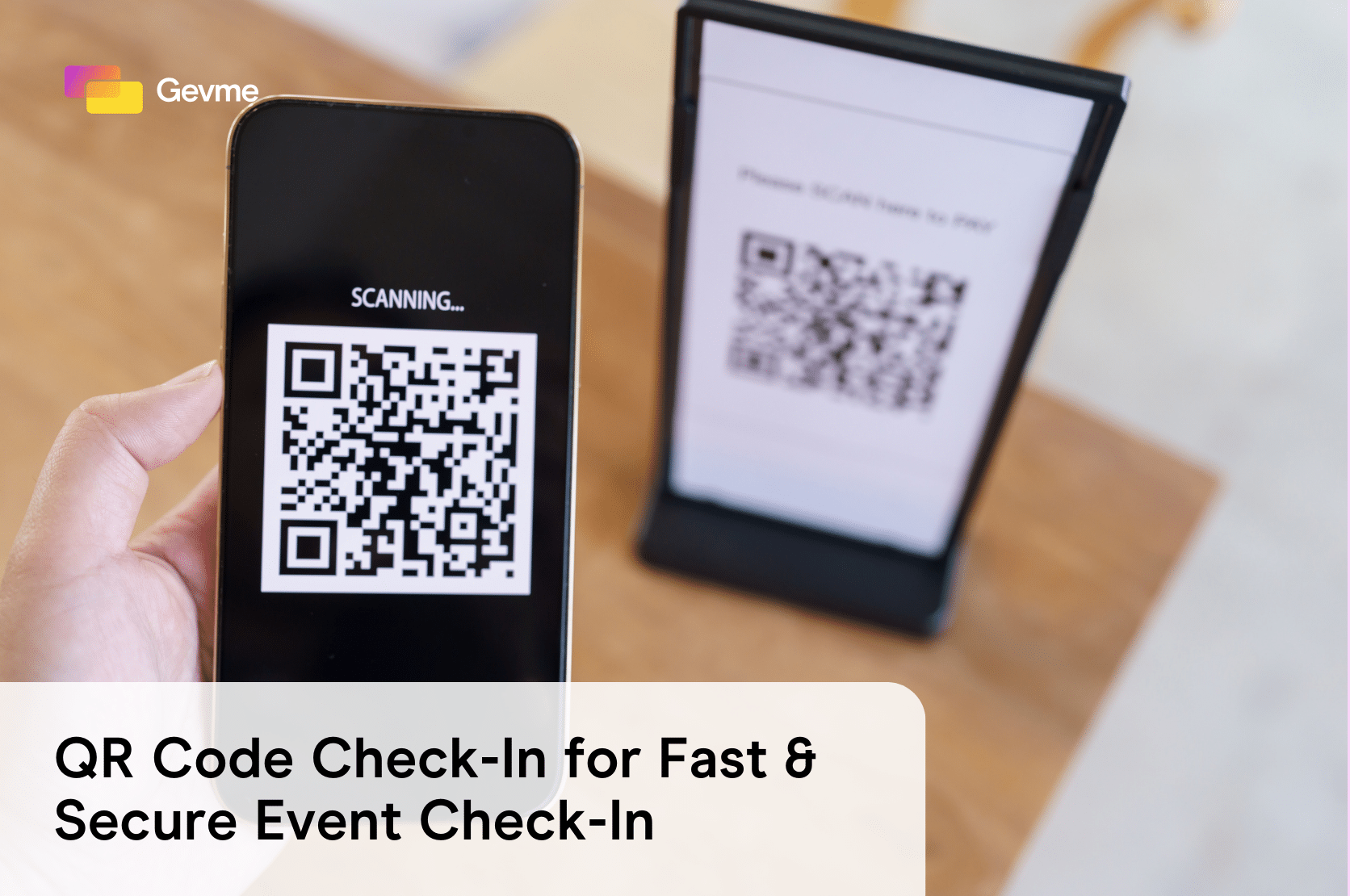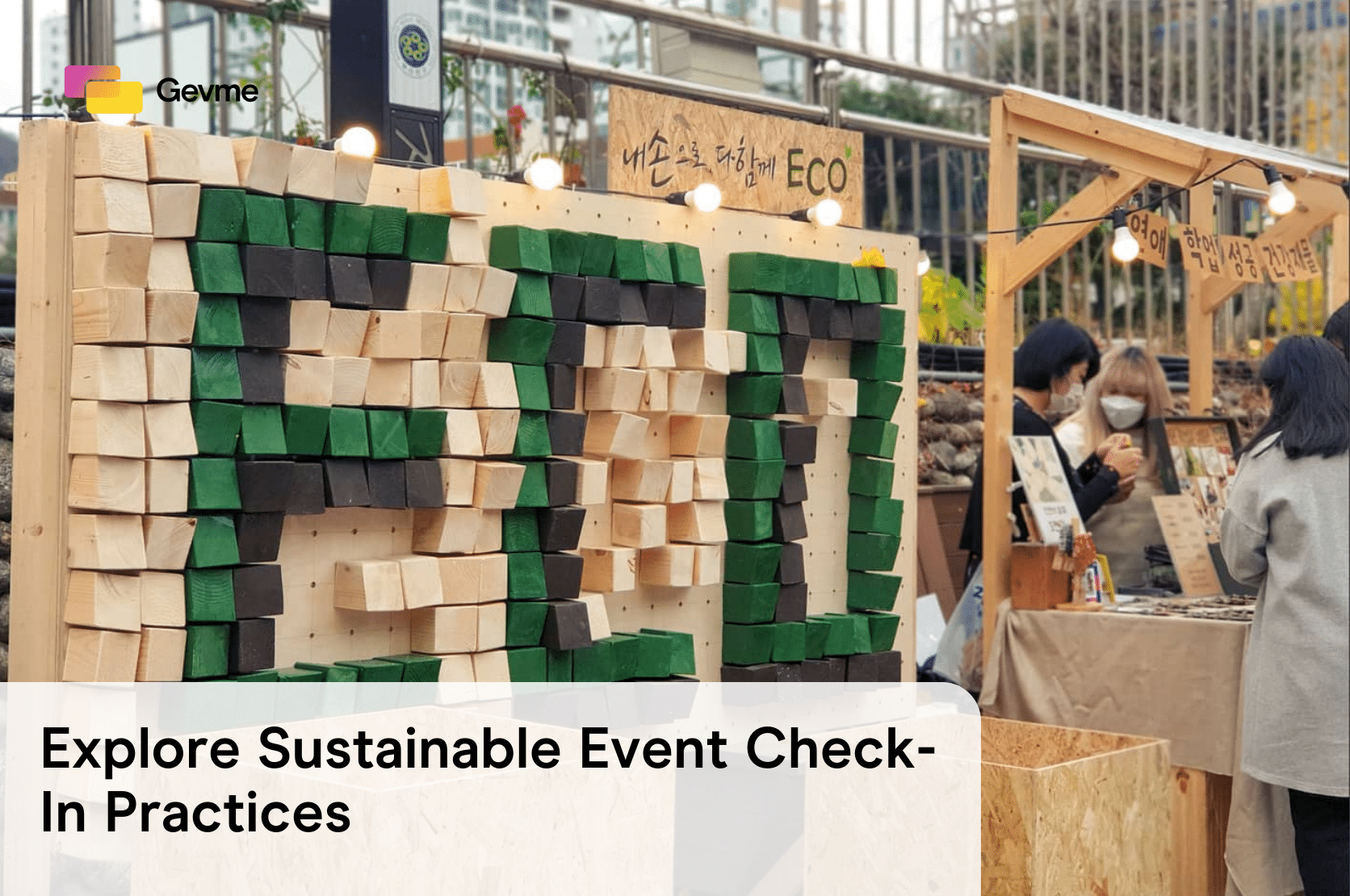What is a successful event?
To event organisers, it might be ticket sales and the overall event attendance. Those attending might gauge this from the on-ground, “live” experience – the spatial design of the event, the interactivity of the exhibits, the quality of talks, the networking opportunities or maybe even what goes in the goodie bag.
No doubt, a successful event takes into account many factors, at the heart of which is and perhaps has always been to deliver valuable content– content that entertains, appeals to the emotions and ultimately, is relevant to the desired audience.
But gone are the days when organisers could rely on the mentality: “build it, people will come”. With exception of events that include massive celebrities like One Direction or Taylor Swift, most events require more than good content to both draw and keep the people – they also need strong channels of communication.
Enter the arsenal of social media platforms like Facebook, Twitter, Instagram, Periscope, Meerkat, Snapchat – just to name a few. Instant and accessible to the public, these platforms have disrupted the event-organising playing field – changing the criteria for a successful event. A successful event is more than what happens during event, but also what is talked about before, during and after the event.
A successful event is one that becomes buzzworthy.
Here are three major ways that social media has changed the event marketing landscape:
1. A wider platform for marketing
First, it has widened the channels for audience engagement. This beggars the question: which platforms does your target audience frequent? Will they better appreciate a 140-character-long tweet? Or would they be better engaged with a photo contest on Instagram?
Mechanisms such as the “like” feature, the hashtag and even just mentioning people provide great organic avenues for your content to reach the “eyeballs” of a wider audience, with hope of converting this into event attendance.
Event marketers must stay keenly aware of this, strategising and synergising content planning and distribution so the digital and physical realms work in tandem for the best possible results.
2. The pressure for instant information
Second, social media introduced the concept of real-time information. The change in location, the start of the concert, poignant moments of a speech – these are all details that people would be interested to find out about, and now, the expectation is to find out fast.
Hashtags, picture posts and live-tweets have replaced post-event write-ups and become an integral part of the event experience, whether in terms of driving traffic flow on-site or to reach audiences not physically present.
3. (Un)fortunately, 24/7 Feedback
Third, it has added a 24/7 feedback loop. Just as social media gives brands the ability to reach a wider audience, it also provides the event attendees with channels to share their own feedback, whether good or bad.
Organisers, like any other brands, can no longer escape with one-way communication tactics like an electronic direct mailer and a generic helpline to call. They will know almost instantly if the community is interested and how on-site customer service issues are playing out – and where necessary, will be compelled to respond.
Our social media driven events
At BRCKTS, we understand how social media has changed our operating landscape and have employed multiple social media strategies to bring our events to success. We often embark with first defining the role and purpose of social media for the event and/or brand.
The DBS Marina Regatta 2015, a grand watersporting festival which took place over three weekends in conjunction with the 28th SEA Games, saw us set up a social media centre on-site for real-time updates on special promos and to remind the audience on the upcoming line-up of activities. We also experimented, to great benefit, with live-streaming of the races and event happenings.
And for the The International Premier Tennis League (IPTL), social media played a crucial role in our communication, through content that would appeal not just to tennis fans, but also to inform, educate and attract those who were less familiar with the technicalities of the sport.
Benefits of leveraging on social media
We do recognise that the changes that social media has brought will come with risks – we only need to look to stories that have gone viral (Tim Hunt, the nobel prize scientist losing his job or Jover Chew being bullied into submission) to understand the power that the platform has.
That said, events organisers who are able to leverage on these changes stand to gain from measurable analytics and quantitative analysis. They will have an abundance of opportunity to learn from audience reactions to refine and improve their event experience, and they will be given a platform to communicate, connect and build rapport with the audience. Learn the 5 steps to leverage on social media influencers for your next event.
Conclusion
The social media sphere may be complicated and unfamiliar to some, but the prospects of not just using, but also using it well, far surpass the costs. During the GEVME Xchange 2016, I will share some tips to using social media for event planning and execution. Using case studies, I will explore the dos, the don’ts and lessons learned from my own (sometimes bitter) experience.
I invite you to join me for this talk and learn how social media can turn from an unfamiliar foe, to your event-planning best friend.








